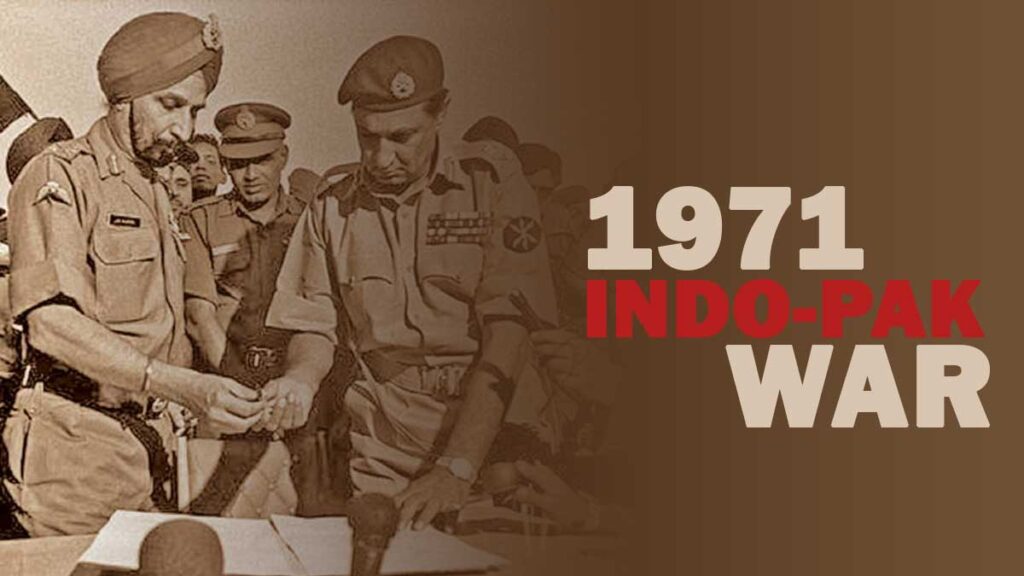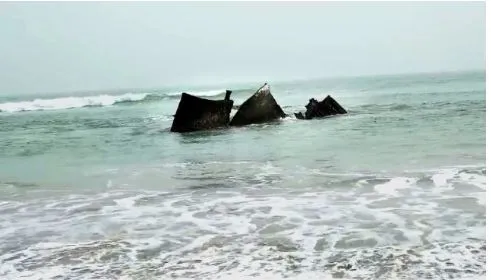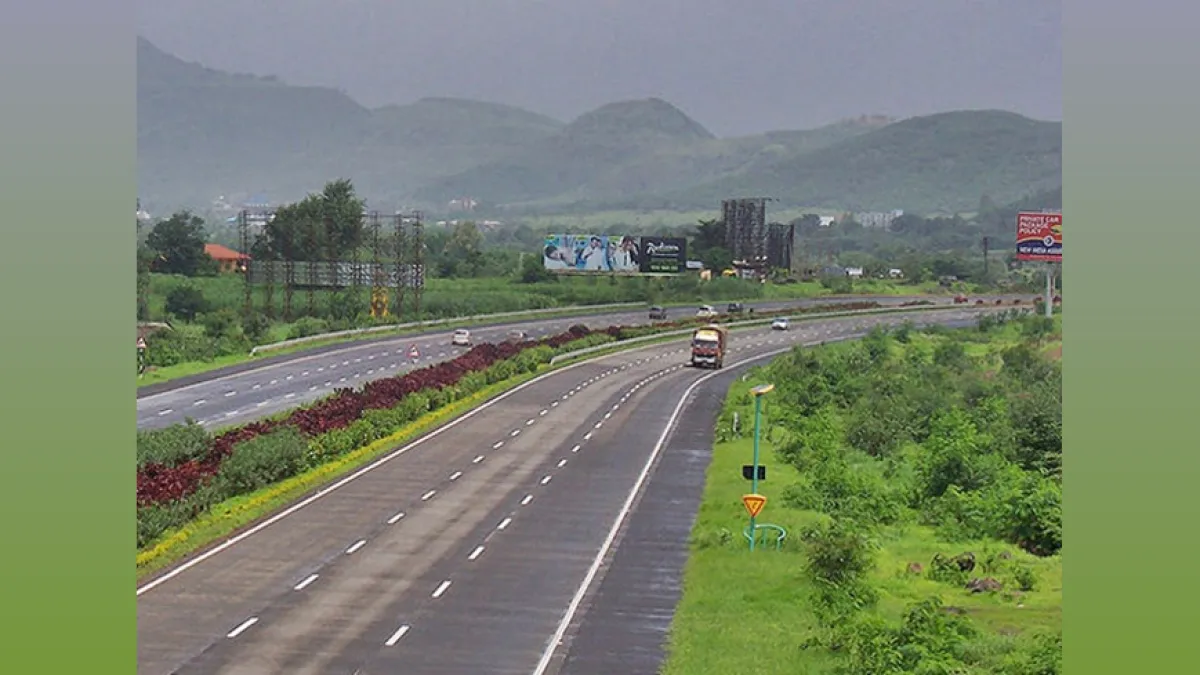History
When India and Pakistan were partitioned back in year 1947, Pakistan was divided into 2 parts West Pakistan and East Pakistan(Now Bangladesh). After 13 years of partition i.e. in year 1970 the table turned around when Sheikh Mujibur Rahman became the Prime Minister of Bangladesh. However, Pakistan’s army didn’t let him to took the pledge. But in 7 march 1971, he gave a speech and he mentioned in that speech that they will form a new country and will name it Bangladesh, As a result Pakistan army arrested him in 25 March 1971. Meanwhile the Pakistan’s armies murdered and raped the civilians of East Pakistan(Bangladesh) in which approximately 30lakhs civilians got killed by the Pakistan’s armies and as a result many Bangladeshis entered India for their safety.
Introduction
The Indo-Pakistan war also known as Bangladesh liberation war which was fought in 1971 put a great remark in History. The war started from 3rd December 1971 to 16th December 1971, lasting for just 13 days, it holds a record for one of the shortest war in the history. The war began with Pakistan’s Operation Chengiz Khan, consisting of preemptive aerial strikes on 11 Indian air stations. The strikes led to India declaring war on Pakistan, marking their entry into the war for East Pakistan’s independence, on the side of Bengali nationalist forces. India’s entry expanded the existing conflict with Indian and Pakistani forces engaging on both the eastern and western fronts. After 13 days i.e. on 16th Dec 1971, India achieved a clear upper hand, and the Eastern Command of the Pakistan military signed the instrument of surrender in Dhaka, Bangladesh, marking the birth of a new nation named Bangladesh. Added approximately 93,000 Pakistani servicemen were taken prisoner by the Indian Army, which included 79,676 to 81,000 uniformed personnel of the Pakistan Armed Forces, including some Bengali soldiers who had remained loyal to Pakistan. The remaining 10,324 to 12,500 prisoners were civilians.
Intervention of India
As Bangladeshis were entering India in mass and seeing the suffering of civilians, Former Prime Minister Mrs. Indira Gandhi offered hand to the civilians. Meanwhile she ordered Field Marshal Sam Manekshaw for the war and to give protection to our neighbour country Bangladesh. However he(S. Manekshaw) refused as it was April which is a monsoon month and this season was not appropritate for the war in the easts(Bangladesh Border) as floods are common in that region. He further added they will train their armies and Mukti Bahinis from April to November.
Indo-Soviet treaty of 1971
The Soviet Union sympathised with the East Pakistanis, and supported the Indian Army and Mukti Bahini’s incursion against Pakistan during the war, in a broader view of recognising that the secession of East Pakistan as Independent Bangladesh would weaken the position of its rivals, the United States and China. The Soviet Union gave assurances to India that if a confrontation with the United States or China developed, it would take counter-measures. This assurance was enshrined in the Indo-Soviet Treaty of Friendship and Cooperation signed in August 1971.
Attacks in western side of India
On 3rd December, Pakistan suddenly air striked from the J&K and Punjab’s region but fortunately there was no casualities of any militants. Meanwhile Pakistan intel got a news that there were only 120 armies have been deployed but the pakistani’s idea got failed as Brigadier Kuldeep Singh defend the troop with too much of intelligence resulting in the formation of a new musuem in Longwala as the Pakistanis left their tamks and vehicles their only.
India Navy victory
The Indian Navy staffers and commanders of the Pakistan Navy knew very well that the Navy was ill prepared for the naval conflict with India. In the western theatre of the war, the Indian Navy’s Western Naval Command under Vice Admiral S.N Kohli, successfully launched a surprise attack on Karachi port on the night of 4/5 December 1971 under the codename Trident. The Pakistani naval sources reported that about 720 Pakistani sailors were killed or wounded and Pakistan lost reserve fuel and many commercial ships, thus crippling the Pakistan Navy‘s further involvement in the conflict. On 9 December 1971, PNS Hangor sank INS Khukri, inflicting 194 Indian casualties. The sinking of INS Khukri was followed by another Indian attack on Karachi port on the night of 8-9 December 1971 under the codename Python.
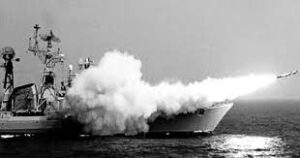
In the eastern theatre of the war, the Indian Eastern Naval Command, under Vice Admiral Nilakanta Krishnan, completely isolated East Pakistan by a naval blockade in the Bay of Bengal, trapping the Eastern Pakistan Navy and eight foreign merchant ships in their ports. From 4 December onwards, the aircraft carrier INS Vikrant was deployed, and its Sea Hawk fighter-bombers attacked many coastal towns in East Pakistan, including Chittagong and Cox’s Bazar. Pakistan countered the threat by sending the submarine PNS Ghazi, which sank off at Visakhapatnam’s coast, due to an internal explosion. Around 1900 personnel were lost, while 1413 servicemen were captured by Indian forces in Dacca. Majority of the Pakistani ship and weapons were destroyed. According to a Pakistani scholar, Tariq Ali, Pakistan lost half its navy in the war.
Foreign involvement
As the war continues, USA and UK were with Pakistan and were supporting them morally, politically, economically and materially. Meanwhile the USA and UK sent 7 fleets and Eagle fleets respectively from the Arabian sea to destroy India but these countries are too from India. Taking benefit Russia guarded and gave security to India from the marine borders with 40 fleets leading to backoff the USA’s and UK’s fleets.
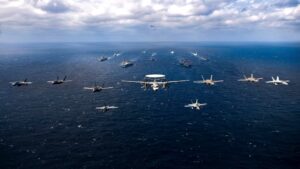
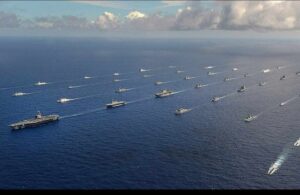
The IAF Victory
As the Indian Army tightened its grip in East Pakistan, the Indian Air Force continued with its attacks against Pakistan as the campaign developed into a series of daylight anti-airfield, anti-radar, and close-support attacks by fighter jets, with night attacks against airfields and strategic targets. While Pakistan attached with similar night attacks. One of the most successful air raids by India into West Pakistan happened on 8 December 1971, when Indian Hunter aircraft from the Pathankot-based 20 Squadron, attacked the Pakistani base in Murid and destroyed 5 F-86 aircraft on the ground. India flew 1,978 sorties in the East and about 4,000 in Pakistan, while the PAF flew about 30 and 2,840 sorties at the respective fronts. Pakistan lost 75 aircrafts. When the conflict started, the war immediately took a decisive turn in favour of India and their Bengali rebel allies militarily and diplomatically. Pakistan launched several ground Offensive, but Indian forces held well coordinated ground operation on both the sides. It eventually made some quick and initial gains, including the capture of around 15,010 sq.km of Pakistani territory. This land gained by India in Azad Kashmir, Punjab and Sindh sectors was ceded in the Shimla Agreement of 1972. By the time the war came to end, the army soldiers and marines were highly demoralized.
The victory of India and the birth of Bangladesh
Officially, the Instrument of Surrender of Pakistan Eastern Command stationed in East Pakistan, was signed between the Lieutenant General Jagjit Singh Aurora and Lieutenant-General A.A.K. Niazi, the Commander of the Pakistan Eastern Command, in Dacca at 16:31Hrs on 16 December 1971. On 17 December, after the fall of Dacca on 15 December, and India claimed large gains of territory in Pakistan. Indian Army encircled Dacca and issued an ultimatum to surrender in “30-minutes” time window on 16 December 1971. Upon hearing the ultimatum, the East-Pakistan government collapsed when the Lt Gen.A.A.K. Niazi and his deputy, V-Adm. M.S. Khan, surrendered without offering any resistance. On 16 December 1971, Pakistan ultimately called for unilateral ceasefire and surrendered its entire four-tier military to the Indian Army. The war confirmed the independence of Bangladesh and the victory of India.

- Nitin Gadkari Approves Construction Of NH-913 In Arunachal Pradesh
- The Spicy Controversy: The Ban on MDH and Everest Masala
- Isha Ambani Dazzles in Unseen Video, Flaunting Stunning Ruby and Diamond Necklace Ahead of Diwali Celebrations
- XIM University holds annual urban conclave. “Innovating Sustainable Urbanization”

